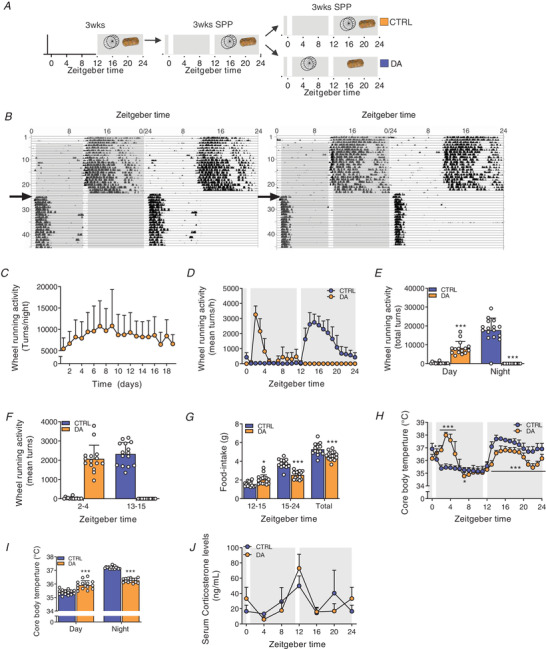Figure 8. Scheduled daytime wheel‐running activity in mice exposed to a skeleton photoperiod.

A, experimental scheme. Mice had free access to a wheel for 3 weeks under 12:12 L:D before transfer to a skeleton photoperiod (SPP). The SPP consists of 1 h light pulse from ZT0 to ZT1 and from ZT11 to ZT12. After 3 weeks under SPP conditions, mice were separated into two groups: one with free access to wheel and food, the other with exclusive access to wheel during day and food during night. B, representative double‐plotted actograms of DA mice. The grey background indicates light off, and the arrow indicates the time shift in wheel access. C, daily wheel‐running activity from the first day of restriction of the DA mice. D and E, 24‐h activity levels of CTRL and DA mice (D), and resulting average of day vs. night locomotor activity (E). F, quantified wheel‐running activity during the first 2 h of wheel excess. G, food intake during the active, feeding period and average over the full food access period. H and I, 24‐h core body temperature levels of CTRL and DA mice (H), and resulting day and night values (I). J, serum corticosterone levels. Light and dark periods are depicted by white and grey background, respectively. Data are shown as the mean ± SD (n = 24). * P < 0.05, ** P < 0.01, *** P < 0.001, unpaired Student's t‐test (E, G, I) and one‐way ANOVA (H). [Colour figure can be viewed at wileyonlinelibrary.com]
